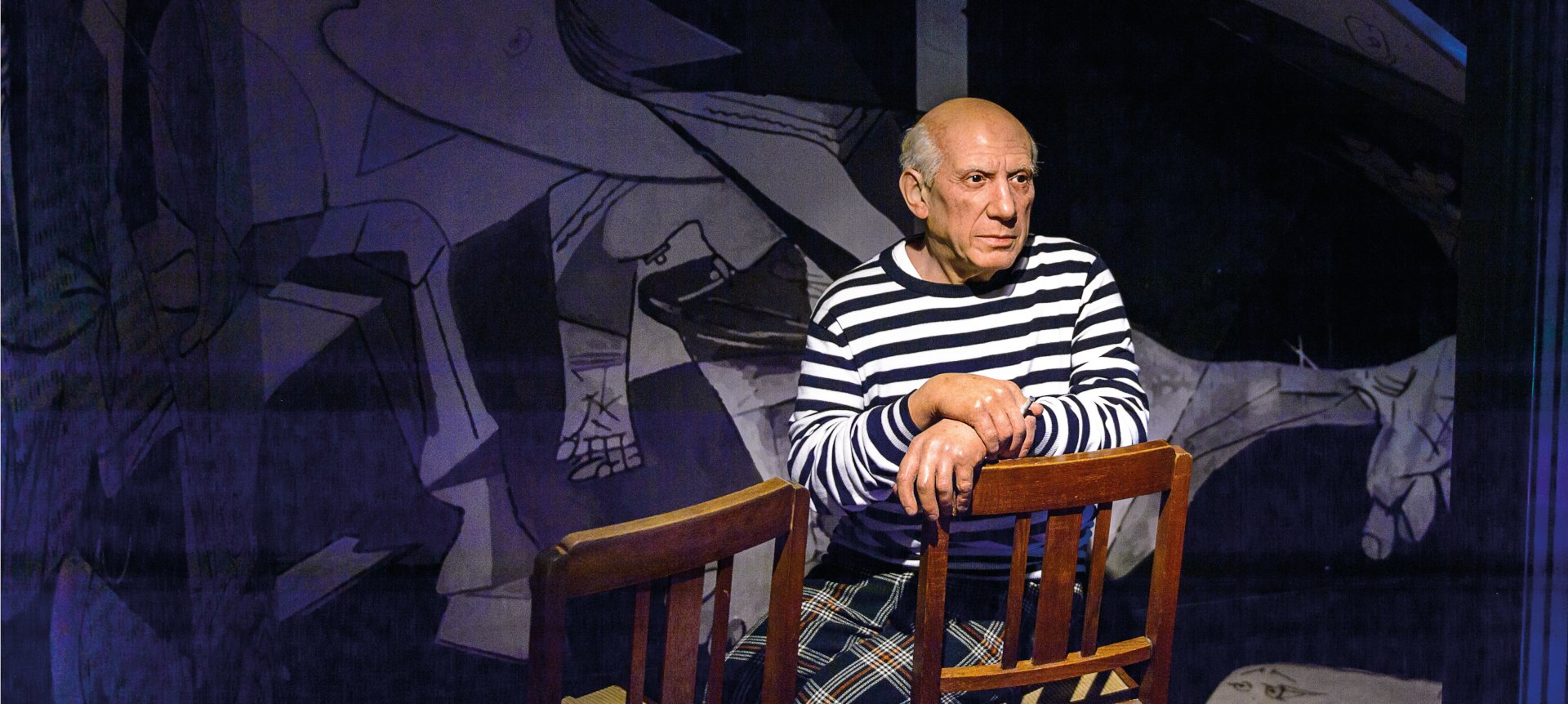
The Piece of the Month of the National Historical Archive (AHN), an initiative in which each month a piece or set of documents of great historical or cultural value from the archive is highlighted, commemorates during the month of April the fiftieth anniversary of the death of Pablo Picasso, celebrated last April 8.
As part of a special exhibition, the public will be able to visit the documents from the personal archive of Luis Araquistáin, ambassador of the Republic in Paris between October 1936 and June 1937, in the foyer of the archive in April.
This choice responds to the importance that these documents had in evidencing the state ownership of the famous painting Guernica. The documents kept by Araquistáin demonstrated that those responsible for the Spanish pavilion at the 1937 International Exposition in Paris paid Picasso for the expenses of executing his work Guernica, which denounced the bombing of Guernica during the civil war. Its evidentiary value was crucial during the negotiations with MoMA in New York for the delivery of the painting to Spain between 1975 and 1981, after Franco's death and during the Spanish democratic transition.
Both in the archive itself and through the website, visitors can discover a letter dated 1953 from Julio Álvarez del Vayo, former Minister of State in Largo Caballero's government, informing Araquistáin that he did not keep the receipt signed by Picasso to Max Aub, cultural attaché of the Embassy, in 1937. Also included is a very interesting letter from Araquistáin to Picasso requesting information about the situation of Guernica and anticipating its restitution to Spain in the future. Along with these, three administrative documents from the Embassy in Paris in 1937 are exhibited, detailing the disbursement to the artist, which were crucial to prove the ownership of the work.
In the podcast "Diving in Archives. The Guernica papers. National Historical Archive (AHN). Episode 6" Antonio Lerma, head of section of the State Archives, introduces and contextualizes these documents and their historical relevance.

